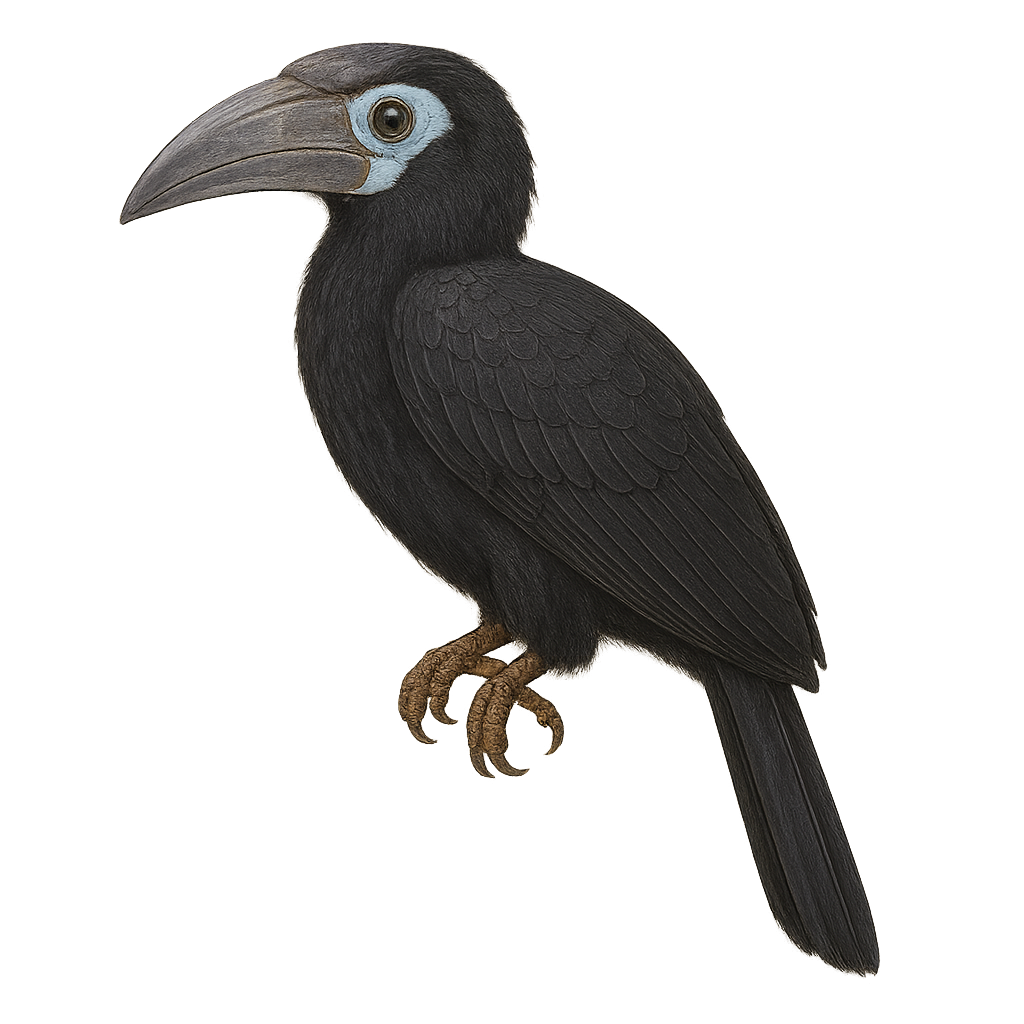Your wildlife photography guide.
Explore the bushy-crested hornbill in detail, study its behavior, prepare your shots.
Where to observe and photograph the bushy-crested hornbill in the wild
Learn where and when to spot the bushy-crested hornbill in the wild, how to identify the species based on distinctive features, and what natural environments it inhabits. The WildlifePhotographer app offers tailored photography tips that reflect the bushy-crested hornbill’s behavior, helping you capture better wildlife images. Explore the full species profile for key information including description, habitat, active periods, and approach techniques.
Bushy-crested Hornbill
Scientific name: Anorrhinus galeritus

IUCN Status: Near Threatened
Family: BUCEROTIDAE
Group: Birds
Sensitivity to human approach: Suspicious
Minimum approach distance: 10 m
Courtship display: January to March
Incubation: 25-27 jours
Hatchings: February to April
Habitat:
Tropical forests, lowland forests, moist forests
Activity period :
Primarily active during the day, with peak activity in the morning and late afternoon.
Identification and description:
The Bushy-crested Hornbill, or Anorrhinus galeritus, is a medium-sized hornbill found in the tropical forests of Southeast Asia, including Malaysia, Thailand, Borneo, and Sumatra. It is identified by its dark brown plumage, pale underparts, and ivory bill lacking a prominent casque. Highly social, it forms noisy family groups that move actively through the canopy in search of fruits, insects, and small animals. The Bushy-crested Hornbill inhabits lowland forests and can also be found in degraded areas. Though still locally common, it is threatened by ongoing deforestation.
Recommended lens:
400mm – adjust based on distance, desired framing (portrait or habitat), and approach conditions.
Photography tips:
To photograph the Bushy-crested Hornbill, it's advisable to use a 400mm lens or longer to capture detailed images from a distance. As these birds are suspicious, it's crucial to remain discreet and blend into the environment to avoid startling them. Opt for early morning or late afternoon hours to take advantage of soft, natural light. A tripod can be useful for stabilizing your camera, especially in the low-light conditions of tropical forests. Be patient and wait for the bird to perch on an open branch to get the best possible shot.
The WildlifePhotographer App is coming soon!
Be the first to explore the best nature spots, track rutting seasons, log your observations, and observe more wildlife.
Already 1 429 wildlife lovers subscribed worldwide

